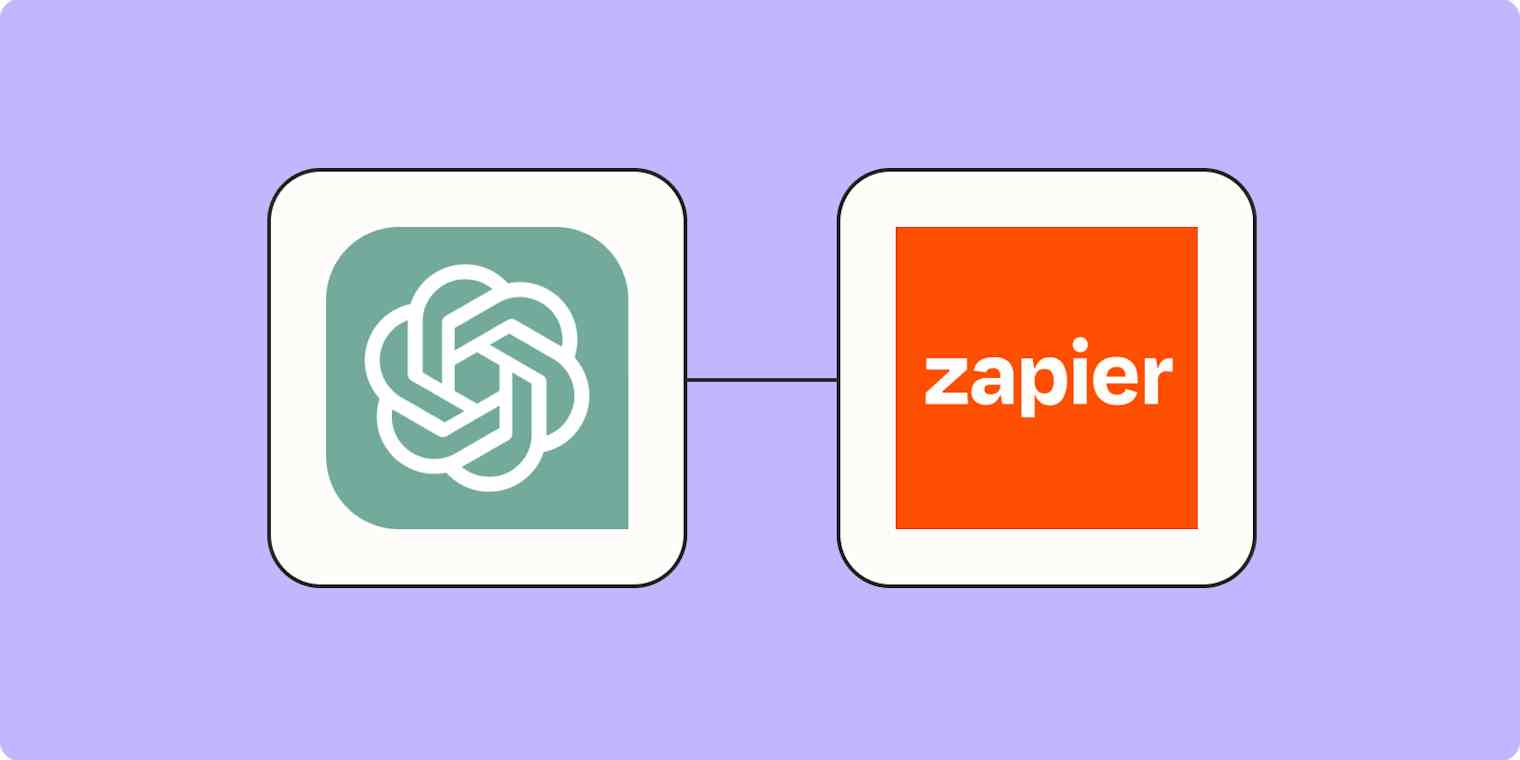Zapier tutorials
7 min readHow to automatically write blog posts with ChatGPT and Zapier
By Elena Alston · November 19, 2024

Get productivity tips delivered straight to your inbox
We’ll email you 1-3 times per week—and never share your information.
Related articles
Improve your productivity automatically. Use Zapier to get your apps working together.








